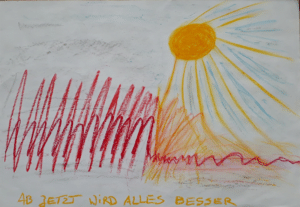Morphological Research in Music Therapy
Autor:in
Rosemarie Tüpker
Rosemarie Tüpker, Jahrgang 1952, studierte zunächst Musik an der Musikhochschule Köln und anschließend Musikwissenschaft, Psychologie und Philosophie an der Universität zu Köln. Dort lernte sie Wilhelm Salber und seine Morphologie kennen. Fasziniert von der Kunstnähe dieser Psychologie brachte sie die Morphologie in die Musiktherapieausbildung ein, die sie parallel im Mentorenkurs Musiktherapie in Herdecke absolvierte. Mit musiktherapeutischen Kollegen gründete sie die Forschungsgruppe und das Institut zur Morphologie der Musiktherapie, welches die Morphologie in Musik und Therapie erforschte und lehrte. Nach einer Zeit als Musiktherapeutin in einer psychosomatischen Klinik leitete sie ab 1990 an der Universität Münster die Studiengänge Musiktherapie (Diplom, Master, Promotionsstudiengang). Seit ihrer Berentung 2017 besteht nur noch der Promotionsstudiengang. Ihre Forschungsschwerpunkte liegen im Schnittfeld von Morphologie, Psychoanalyse, Künstlerischen Therapien, Wissenschaftstheorie und Märchenforschung.
